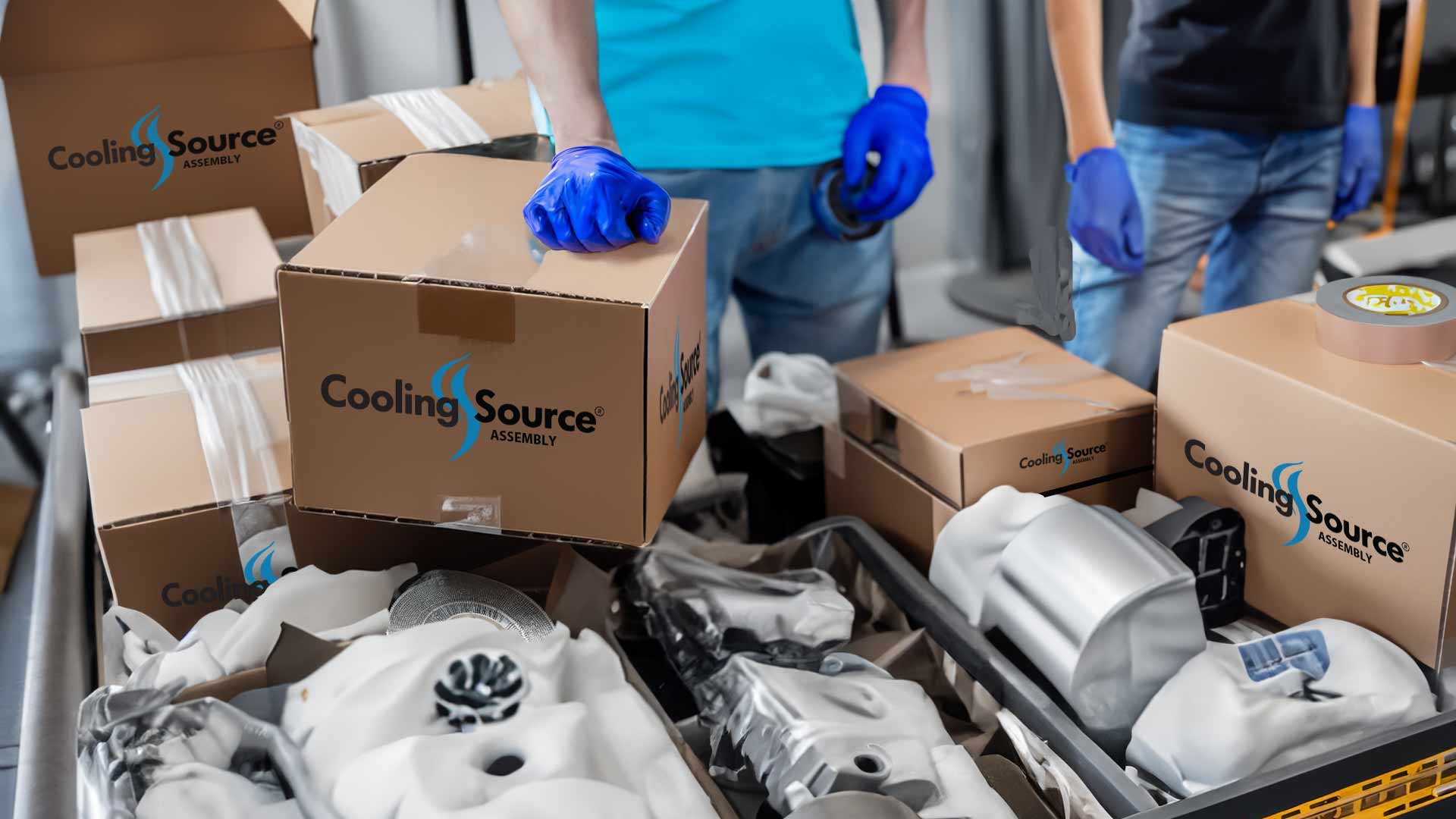Experience, knowledge, and commitment to success—let's talk about your mechanical assembly needs today. Call us at 925.292.1293 today!
Kitting refers to the process of gathering and packaging all the necessary components, parts, or materials required for a specific task or project. Here are some benefits and advantages of kitting:
- Improved efficiency: Kitting streamlines the assembly process by organizing and packaging all the required components together in one kit. This eliminates the need for workers to search for individual parts, reducing time spent on gathering materials and improving overall productivity.
- Reduced errors: By providing all the necessary components in a single kit, kitting minimizes the risk of missing or incorrect parts during assembly. This helps prevent errors, rework, and delays caused by component shortages or incorrect part selection.
- Simplified inventory management: Kitting allows for better control over inventory levels as it provides a clear view of which components are needed for each kit. This simplifies stock management by consolidating multiple items into one SKU (stock-keeping unit), making it easier to track usage, reorder supplies, and maintain optimal inventory levels.
- Cost savings: Kitting can lead to cost savings through improved inventory management practices such as reduced carrying costs and lower risk of excess stock or obsolescence. It also reduces labor costs associated with searching for individual parts during assembly.
- Enhanced organization: With kitting, all required components are neatly packaged together in an organized manner. This makes it easier to locate specific items when needed, reducing time wasted on searching through various bins or storage areas. It also helps maintain a clean and clutter-free workspace, enabling better focus on assembly tasks.
- Improved accuracy in fulfillment processes: For companies involved in order fulfillment, kits can be pre-packaged based on customer orders. This ensures that each order contains exactly what is needed without any missing items. Kits can be barcoded, labeled, and tracked throughout the fulfillment process, resulting in improved accuracy, reduced shipping errors, and enhanced customer satisfaction.
- Faster setup times: Kitting enables faster setup times for assembly or production lines. Workers can quickly access the required components from a kit, eliminating the need to gather individual parts from different locations. This reduces downtime and allows for quicker transitions between tasks or projects.
- Flexibility and customization: Kitting offers flexibility in terms of customizing kits based on specific requirements. For example, kits can be tailored to different product variants, project specifications, or customer preferences. This customization ensures that each kit is optimized for its intended purpose, resulting in efficient assembly processes.
- Improved traceability: By packaging components together in kits, traceability of parts becomes easier. Manufacturers can track which components were used in specific products or projects, enabling better quality control and facilitating recalls or maintenance activities if necessary.
In summary, kitting provides benefits such as improved efficiency, reduced errors, simplified inventory management, cost savings, enhanced organization, faster setup times, accuracy in fulfillment processes, flexibility, and improved traceability. These advantages contribute to streamlined operations, cost-effective production, and enhanced customer satisfaction across various industries where assembly or project-based tasks are involved.





